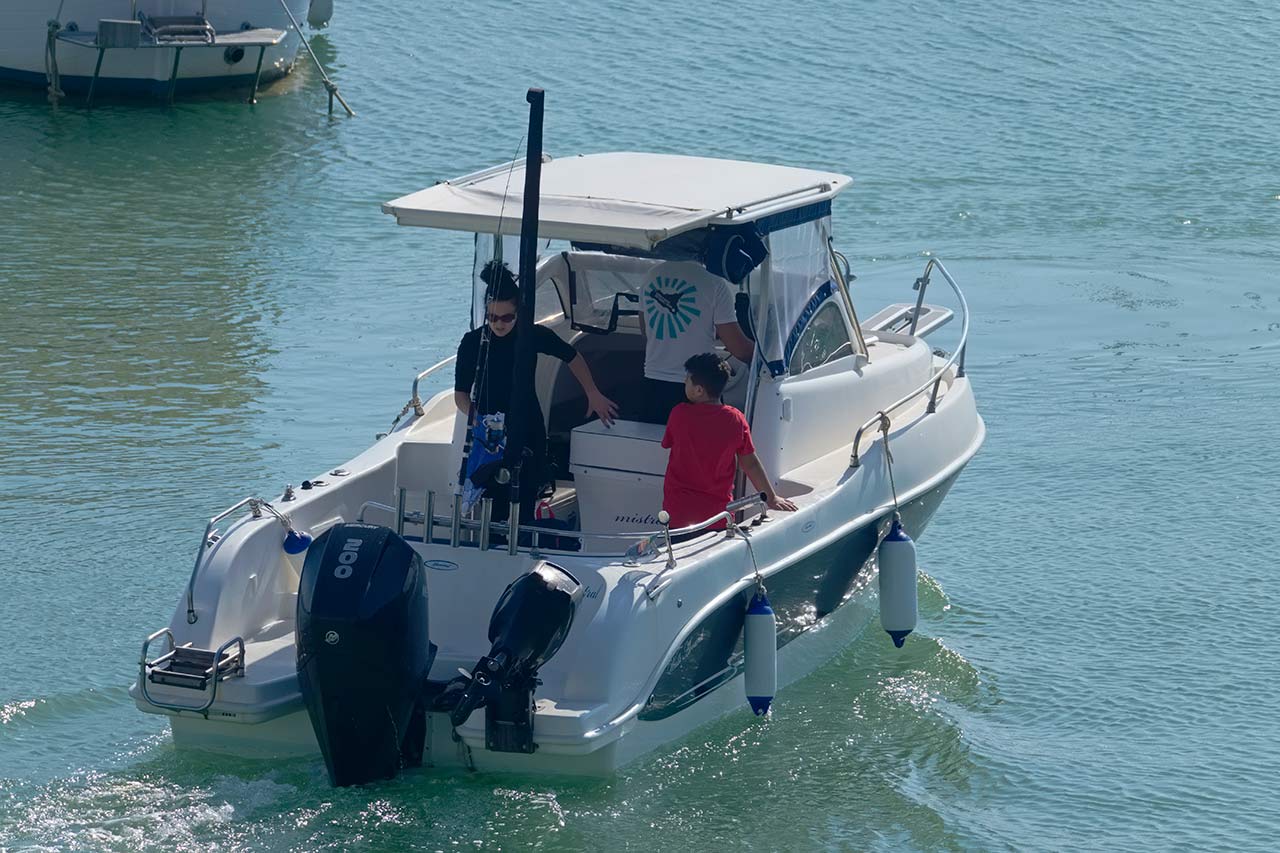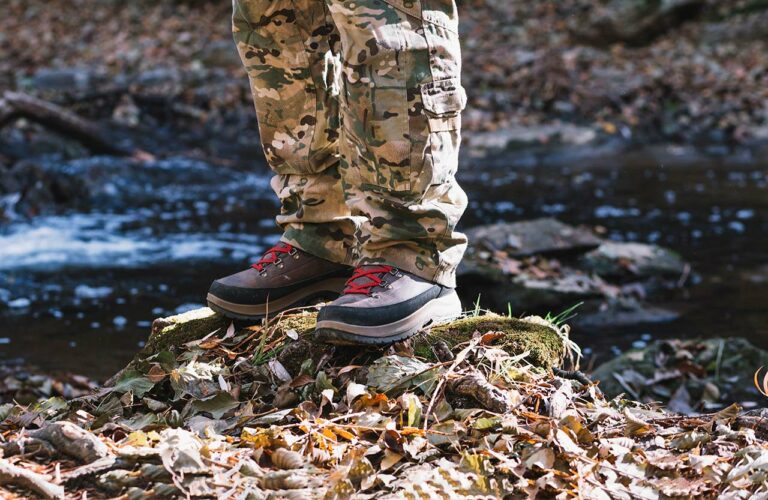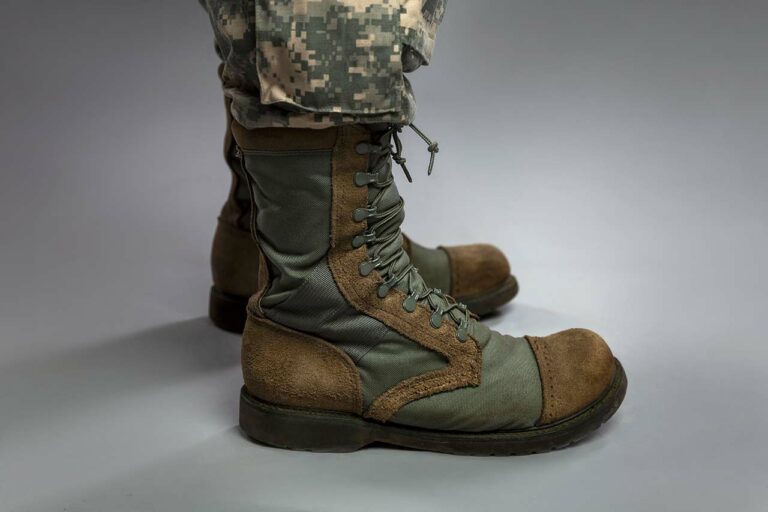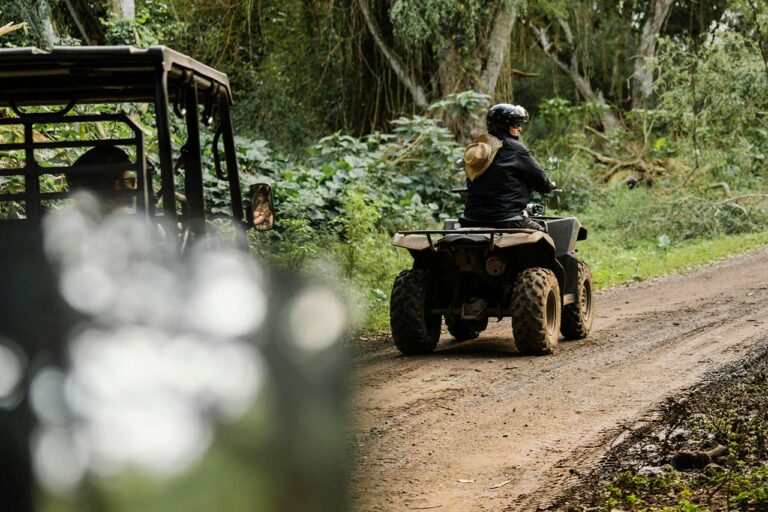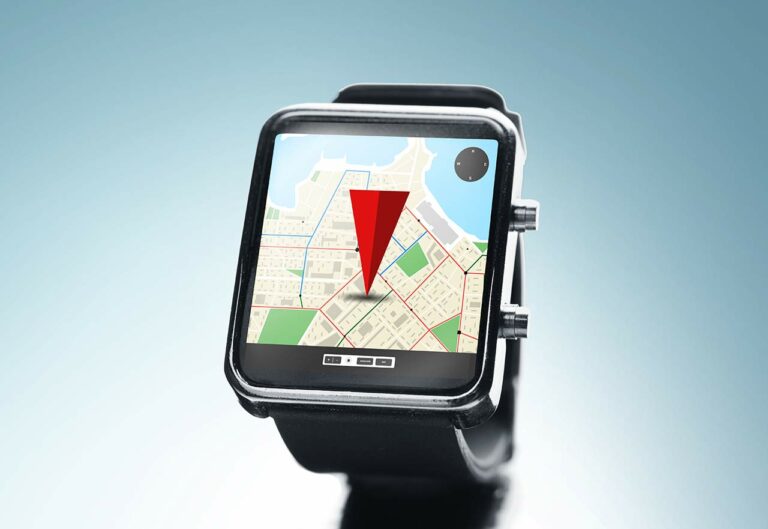Bug Out Boat: A Comprehensive Guide To Waterborne Survival
When it comes to prepping for a survival situation, you may have considered various types of bug out vehicles and shelters. One option that often gets overlooked is the “bug out boat.” If you live near a body of water, from a river to an ocean, a “bug out boat” can serve as an alternative means of escape when things go south on land.
While the name mostly implies a vessel to evacuate in, most bug out boats are specifically designed or modified for extended stays and voyages, proving helpful in situations where you need to swiftly leave your current location due to a disaster or crisis. These boats come in various types, like freshwater boats for rivers and lakes or larger boats for those who may have to brave the sea. By choosing a bug out boat as one of your survival vehicles, you expand your options and increase your chances of staying safe when the unexpected comes.
Choosing the Right Bug Out Boat
When choosing a bug out boat, there are several factors you should consider to ensure it’s suitable for your needs. First and foremost, you need to take into account the type of environment you’ll be navigating, whether it’s river, lake, or coastline.
You’ll also want to evaluate the boat’s load capacity and storage space. Your bug out boat must accommodate not just passengers, but also essential survival gear, food, and equipment.
Finally, you’ll need to decide how you plan to use your bug out boat. Is it just an escape vehicle, or should it be able to serve as an alternate temporary or long-term living space?
Weighty questions, I know. So, let’s break ’em down one-by-one.
Navigating Different Environments and Scenarios
Your destination dictates the kind of boat you’ll need. Whether you’re on a river, lake, or coastline, your boat should handle the specific environment with ease.
Here are some boats you might choose:
- Canoe: Versatile and lightweight, canoes can carry large loads and navigate through different water bodies, such as rivers and lakes. They’re relatively quiet, allowing for stealthy movement.
- Kayak: While smaller than a canoe, with a tighter space for gear, kayaks are easy to maneuver and can access areas where larger boats cannot. These are great for hiding and escape.
- Inflatable Boat: Compact and portable, inflatable boats are suitable for short escape routes and easy transport. These boats are ideal when storage space is limited, and you don’t need much boat to get you where you’re going.
- Cabin Cruiser: These motorboats offer a sheltered cabin space, providing some level of comfort and protection from weather elements. This is a good choice if you’re planning long bug out missions.
Longer-Term Living Options
While it won’t be feasible for everyone, if you have the financial means, a houseboat or yacht can be considered for bug out scenarios, especially if you anticipate the need for longer-term shelter or wish to remain mobile for an extended period.
These boats do have some advantages in long-term survival scenarios.
Houseboat
A houseboat can serve as both an escape vehicle and a long-term living space.
Advantages
Liveability: Designed as a dwelling, a houseboat comes with amenities you’d find in a home, like a kitchen, bathroom, bedrooms, and living areas.
Self-sufficiency: With the ability to capture and store rainwater, combined with solar panels for power, a houseboat can be modified to be relatively self-sufficient.
Stealth: Being less conspicuous than luxurious yachts, houseboats can blend in, especially if anchored among other boats or near the shoreline. They are also typically smaller, making them better choices for lakes or rivers.
Disadvantages
Mobility: Houseboats are generally not built for speed or rough waters. They’re better suited for calm lakes or slow-moving rivers.
Maintenance: Being essentially floating homes, they might require more upkeep than simpler boats, especially if used for extended periods.
Yacht
Yachts, especially larger ones, are essentially floating mansions and can provide a host of advantages for those with deeper pockets.
Advantages
Range: With the capacity for long-distance travel, a yacht can venture out into open seas, allowing you to escape from mainland threats.
Amenities: Yachts come equipped with luxurious amenities, including full kitchens, multiple bedrooms, entertainment systems, and often advanced navigation and communication tools.
Safety: Many modern yachts have advanced security systems, including surveillance cameras and alarms. Their ability to handle rough seas can also be an advantage in unpredictable conditions.
Disadvantages
Cost: Yachts are expensive—not just to purchase but also to maintain. Docking fees, fuel, and maintenance can add up.
Visibility: A yacht can attract attention. In a SHTF scenario, this attention might not always be welcome.
Skills Required: Operating a yacht, especially in open waters, requires skill and experience. It’s not just about driving the boat but also understanding navigation, weather patterns, and safety protocols.
Selection of Boat Size
The size of your bug out boat will play a crucial role in its overall utility and convenience. Sizes can range from small inflatable boats to yachts. Ultimately, your bug out boat choice comes down to personal preference and individual requirements. This includes how many people you’ll need to fit on your boat, and the boat’s load capacity, which must take into account all necessary equipment.
Necessary Boat Equipment
Safety Equipment
Whatever type of bug out boat you choose, your top priority should be safety. Equip your bug out boat with essential safety gear such as life jackets, a life raft, and a throwable flotation device. Make sure all occupants have a properly fitted life jacket. Having a VHF marine radio and a whistle or horn for increased visibility is also crucial. Invest in a good quality bilge pump and fire extinguishers to handle emergencies on board.
Navigation Tools
When bugging out on the water, it’s important to be able to navigate accurately and efficiently. Equip your boat with reliable navigation tools like a GPS system, marine maps and charts, and a radar unit to track your surroundings and avoid hazards. Don’t forget to have a magnetic compass as a backup in case your electronic devices fail. Knowing your location and direction will help keep you on course during your journey.
Fishing Supplies
Since most water sources can also be food sources, having a well-stocked fishing kit is a smart choice in a bug out boat. Equip your boat with:
- Fishing rods and reels
- An assortment of hooks, lures, and tackle
- A filleting knife and cutting board
- A trolling motor for quiet, effective fishing
- A handheld fishing net
This equipment will enable you to catch and clean fish efficiently, contributing to your food supply as you navigate the open water.
Optimizing for Comfort and Space
Managing Storage Space
When it comes to comfort on your bug out boat, efficient storage is crucial. By creating well-organized storage solutions for your gear, you can maximize space and accessibility. Consider installing adjustable shelves, hooks, and specialized compartments for specific items. A boat’s galley, for instance, can benefit from dedicated storage for pots, pans, utensils, and dry goods.
In smaller spaces, utilize vertical storage to save floor area. Add hanging organizers for clothes, toiletries, and tools, making use of every nook and cranny. Multi-functional furniture like fold-out tables, ottomans with storage, and convertible benches can also help create a versatile and tidy environment.
Preparing Sleep Arrangements
After a long day on the water, a comfortable and functional sleeping space is essential. Invest in a high-quality, compact mattress or sleeping pad that provides restful sleep without taking up too much valuable space. If your boat allows, design a separate sleeping area, using curtains or foldable partitions to create privacy and shelter from light and noise.
Ensure your sleeping arrangements have adequate ventilation, especially in enclosed cabins, to maintain a comfortable temperature and prevent condensation issues. If possible, make use of storage space beneath beds, eliminating the need for additional furniture and increasing your overall living space.
Prepping and Stocking Supplies
Food Requirements
When preparing your bug out boat, it’s essential to consider food supplies for long-term survival. Stock up on non-perishable items like canned goods, dried fruits, and nuts. They have a long shelf life and will provide you with the necessary energy. Don’t forget to include a good supply of vitamins and supplements for a balanced diet.
Fishing gear is also a must-have, as it will allow you to catch fresh fish and diversify your food options. Pack a portable stove or a grill for easy cooking of any freshly caught fish.
Water Preparations
Water is a critical necessity when living on a bug out boat. Ensure you have ample water storage capacity, with ideally 1000-liter storage or more depending on the size of your boat and the number of people on board. A desalination unit can be a lifesaver on the open sea, as it will convert seawater into freshwater for your consumption. Hot water is a luxury in a survival situation, but if you can afford it, have a solar or gas-powered water heater installed.
Maintaining Your Bug Out Boat
Routine Checks
To ensure your bug out boat remains in top-notch condition, it’s essential to perform routine checks. Regularly inspect the boat’s hull for any signs of damage, wear, or rust. Pay close attention to the through-hulls, as they are common entry points for pests and insects. Keep an eye on the onboard equipment, ensuring everything stays operational.
To help in routine checks, it’s essential to keep your boat clean and well-organized. This not only helps you stay efficient in case of an emergency, but reduces the chances of inviting in unwanted guests like ants or cockroaches. Keeping the boat dry and well-ventilated is crucial to prevent mold or mildew growth.
Don’t forget to check the bilge pump, engine, and electrical system regularly, keeping them in good working order, as that is critical for your boat’s performance and readiness when emergencies arise.
Preemptive Fixes
Some preemptive fixes can help you avoid potential issues with your bug out boat:
Rust: Address any rust spots on your boat as soon as you spot them. Make sure to sand down the affected area and apply a rust converter or rust-inhibiting primer. Finish it off with marine paint to seal and protect the surface.
Seals and Gaskets: Regularly inspect seals and gaskets throughout your boat for wear or damage. Replace them as needed to maintain watertight integrity.
Insect Repellent: Create a DIY insect repellent by mixing 25 ounces of water and about 75 drops of peppermint essential oil in a spray bottle. Spray it around the boat, especially in areas prone to insect entry, like the through-hulls. This will help keep ants, cockroaches, and other critters at bay.
Navigating Waterways
Navigating Open Waters
When you’re bugging out on a boat in the ocean or other open waters, it’s essential to have a good understanding of steering and navigation. Knowing how to read charts, use a compass, and understand tides and currents will help you stay on course and avoid hazards. Invest in accurate maps, GPS systems, and other navigational tools to enhance your travel.
While staying well offshore can offer an additional layer of safety during a survival situation, you must keep in mind the potential for danger. Storms and other hazards can make the water a danger place, so make sure you balance your distance from shore to access resources or seek shelter if needed.
River and Lake Navigation
Navigating rivers and lakes can be different from open waters due to their unique challenges. Strong currents, shallow waters, and debris can all pose navigational issues. Knowledge of local waterways and topography is crucial in these situations.
While traveling on rivers, maintain a safe speed to prevent running aground or colliding with obstacles. Be cautious of sandbars, submerged objects, and sudden changes in water depth. It’s advisable to:
- Use marked channels when available
- Keep an eye on your depth sounder
- Stay vigilant for any debris or obstacles
For lake navigation, consider these tips:
- Stick to known routes when possible
- Be aware of fluctuating water levels
- Watch for shoals or submerged hazards
- Monitor weather conditions to avoid sudden changes
Estimate your travel time accurately to minimize risk and stay out of harm’s way. Whether on open waters, rivers, or lakes, always remember that safety is paramount while navigating waterways during a bug-out scenario.
Safety and Security Measures
When considering a bug out boat, safety and security measures are crucial. Below are a few essential areas to address.
Handling Pirates
If you’re sailing in unfamiliar or piracy-prone waters, it’s vital to stay prepared and alert. Here are some steps you can take to minimize risk:
Research: Understand the risks associated with the areas you plan to navigate. Stay updated on piracy incidents, and adjust your route accordingly.
Avoidance: Steer clear of piracy hotspots and maintain a low profile by hiding your equipment and valuables.
Vigilance: Keep a lookout for suspicious activity, using radar systems, and maintain constant communication with other friendly vessels in the area.
Firearm Storage and Safety
As a survivalist, you’ll likely have firearms on board your bug out boats. Here’s how to store and handle them appropriately:
Safe Storage: Keep firearms stored securely to prevent unauthorized access. Invest in a purpose-built gun safe or lockable cabinet and mount it to a stable surface. Gun safes can be heavy, so make sure you factor that in when considering storage capacity and weight limits.
Firearm Maintenance: Regularly clean and inspect your firearms to ensure they’re in optimal condition. Check for signs of corrosion, especially in the humid marine environment.
Proper Handling: Familiarize yourself and your crew with correct safety and handling practices. This includes treating every firearm as if it’s loaded and keeping your finger off the trigger until you’re prepared to fire.
Legal Compliance: Adhere to firearm regulations in the areas you visit, and be aware of your legal obligations when crossing international waters or entering foreign ports.
Living Offshore and Adaptation
Picking Locations
When bugging out on a boat, choosing the right location is crucial for your safety and well-being. Consider factors such as weather, water conditions, and accessibility to resources. Aim for destinations with reliable fish populations, fresh water sources, and sheltered anchorages. It’s also vital to be aware of potential risks like strong currents, storms, and unfriendly neighboring boats.
Living on a Boat Full Time
Adapting to life on a boat with your family or crew requires adjustments in both mindset and daily routines. Embrace the limited space and focus on maximizing storage capacity, creatively arranging furniture, and appliances.
Space Management: With limited space available, it’s essential to prioritize your belongings and necessities. Keep only what’s crucial and make use of every nook and cranny for storage.
Power and Resources: Make your boat self-sufficient with solar and wind power systems. Invest in a reliable water purification system for a steady supply of fresh water for your family, crew, or yourself.
Safety: Equip your boat with safety gear such as life jackets, emergency radio, flares, first-aid kits, and fire extinguishers. Conduct regular checks and maintenance on your boat to ensure optimal performance.
Social Interaction: Living on a boat full time, even in a survival situation, doesn’t have to isolate you from social interaction. Maintain connections with neighboring boats or marina communities where possible, so you can help each other if needed.
Obstacles and Challenges
Dealing with Seasickness
Seasickness can be a real struggle when living or traveling on a bug-out boat. It’s caused by the constant motion of the boat on the water and affects your sense of balance. This can, obviously, be quite problematic when you’re trying to escape danger. To minimize the impact of seasickness, consider taking the following steps:
- Make sure your boat is properly outfitted with stabilizers and other features to minimize the rocking motion.
- Find a spot on the boat where the motion is least felt, low and near the center.
- Look at the horizon to help your body adjust to the boat’s movement.
- Avoid heavy meals and alcoholic beverages and stay hydrated.
If a bug out boat is part of your survival plan, you’ll also want to keep a good supply of motion sickness medications and aids in your medical kit.
Surviving SHTF Scenarios
In a SHTF (Sh*t Hits The Fan) scenario when the world is in chaos and you are relying on your boat for survival, there are several obstacles and challenges you might face. Knowing how to deal with them can make all the difference between successfully or unsuccessfully bugging out.
Weather
Your bug-out boat will be exposed to ever-changing weather conditions. From extreme heat to freezing cold, storms, rain, and strong winds, you’ll need to be well-prepared! Keep an eye on weather reports and have a plan to navigate safely or find shelter if necessary. Equip your boat with an adequate heating system for cold weather and proper ventilation for hot climates.
Securing Supplies
You’ll need to be self-sufficient on the water, which means ensuring you have enough food, water, fuel, and other supplies to survive. To extend your resources, learn to fish, collect rainwater, and ration supplies strategically.
Communication
Establishing and maintaining communication can be a challenge on the water. Invest in a good satellite phone or a ham radio to stay connected with the outside world.
Maintenance
If your bug out boat has mechanical or structural issues, it may be hard to get them fixed in an emergency situation. Regularly inspect and maintain your boat to prevent failures or issues in critical moments. Familiarize yourself with basic repair techniques for equipment, sail, and engine issues.
Security
When bugging out, protecting your boat from potential threats, such as pirates or other desperate survivors, is crucial. Stay vigilant and have security measures in place, like a well-secured dinghy, hidden compartments for valuable supplies, and non-lethal self-defense tools.
By understanding and preparing for these challenges as best as you can, your chances of successfully surviving an apocalypse or SHTF scenario on a bug-out boat will be as good as your changes of surviving one on land.

